Growing vegetables is great fun, but it takes a lot of work. It’s not just planting seeds and watering them every day. There’s also weeding, fertilizing, pest control, harvesting, and storing.
The hardest part about growing your own fresh vegetables for any beginner gardener is actually starting the vegetable garden.
Many people who try growing vegetables also fail because they don’t do any research before they plant. They just buy whatever seed packets they see on sale and expect everything to go well. But it doesn’t always happen that way.
I’ve spent years working on my vegetable garden and I’ve compiled a list of the easiest vegetables to grow in this article.
Easiest Vegetables to Grow
Growing your own vegetables can be an enjoyable hobby, as long as you’re willing to put in some effort. You’ll have fresh produce all season long, so there are no excuses for not eating healthy!
These are the easiest vegetables to start growing in your vegetable garden:
1. Potatoes
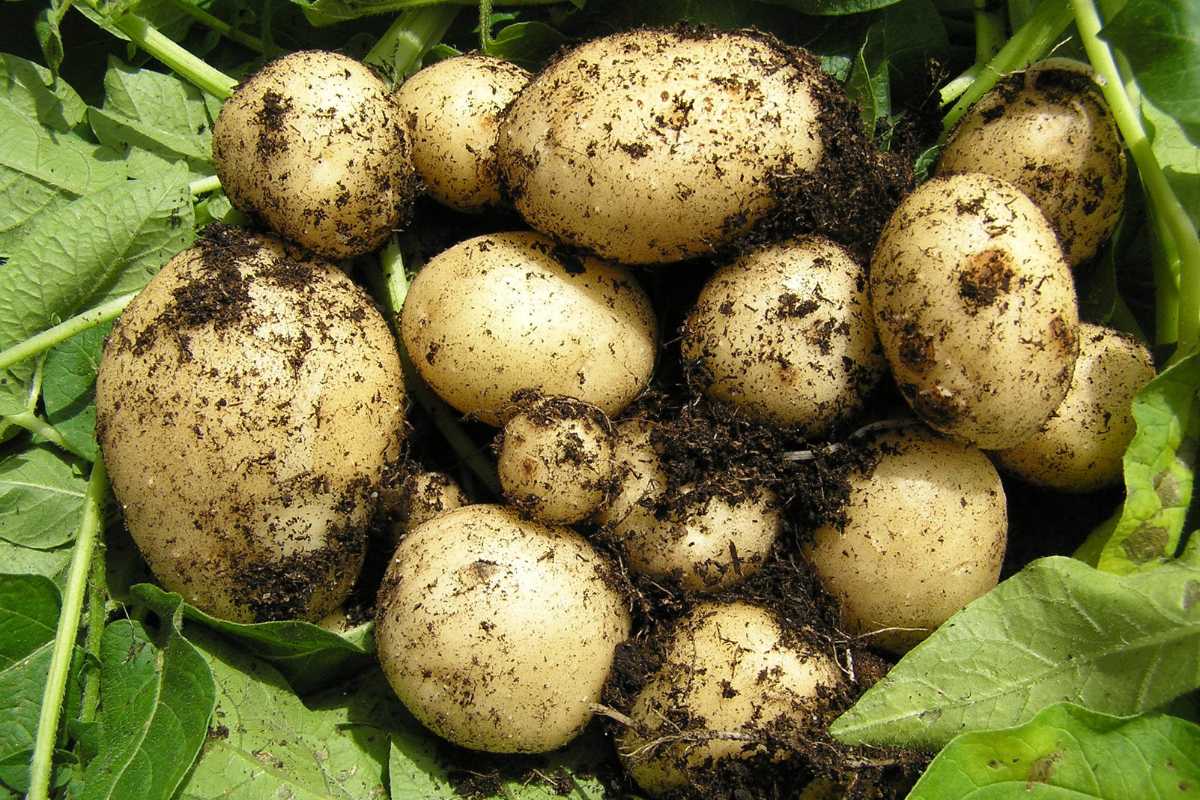
Potatoes are easy to grow, harvest, and store. Buy seed potatoes rather than actual plant seeds and “chit” them in the sun. Chitting means waiting until sprouts appear.
You can even plant any old sprouty potatoes in the back of your cupboard! One potato will produce many more, and once they are harvested, there are many ways of successfully storing them.
If you don’t have the ground space in the outdoor garden, potatoes are great to grow in pots or bags. You can empty the container at harvest time and pick out the potatoes.
Potatoes come in three main types: first earlies, second earlies, and maincrop.
First and second earlies are like new potatoes and will be ready in June and July, whereas maincrop potatoes are ready for harvesting towards the end of August through to October.
Potatoes like a sunny spot and grow well with brassicas and legumes as companion plants.
2. Lettuce
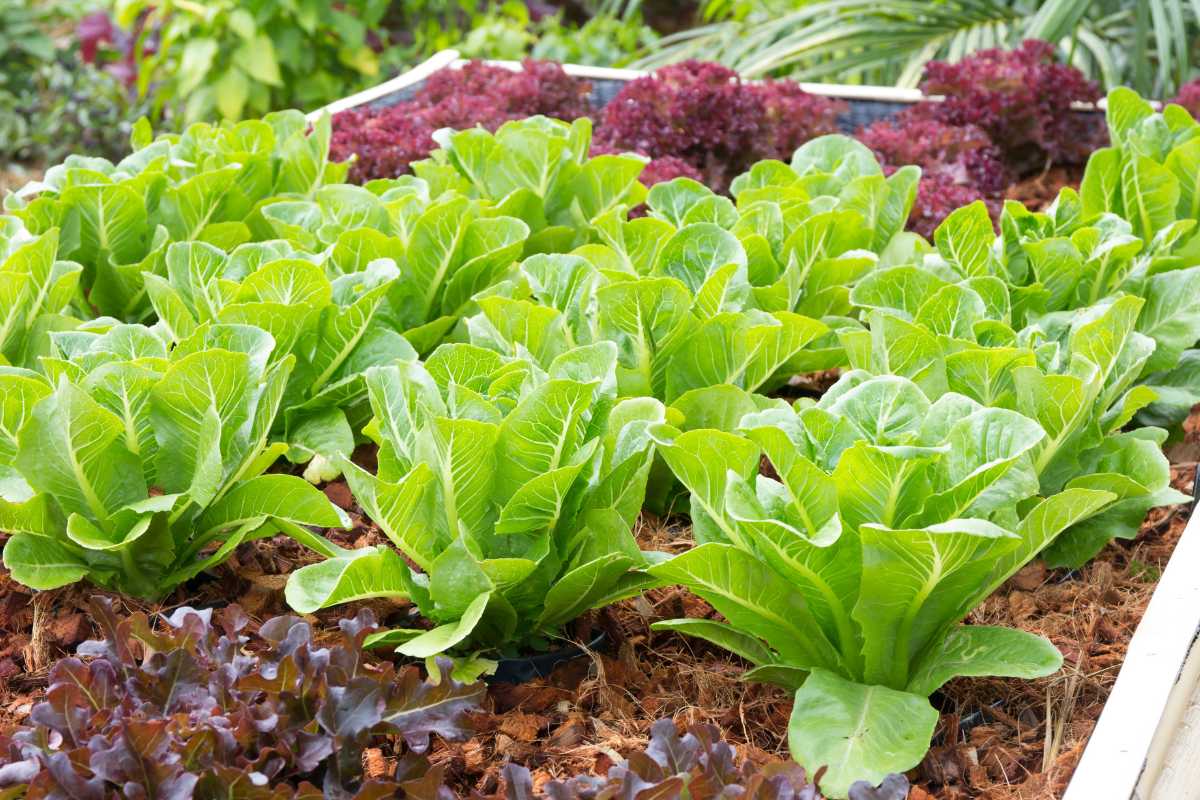
Lettuce is great for beginners and is super easy to grow. It can be started indoors and transplanted, grown in pots, or sown directly into the soil.
- Related article: Growing Vegetables Indoors for Beginners
Lettuce and other leafy greens can be grown all year round, and some particularly hardy varieties will even do well in the snow!
Unlike most other vegetables on this list, lettuce will do well in partial shade and may even need additional shade on hotter days. Too much sun will “bolt,” meaning it will run to seed and become leggy.
Lettuces can be harvested as an entire head or cut as they grow. Sow a small row of lettuce every two weeks from the start of spring to give yourself a staggered crop of lettuce that will keep you supplied all summer, and perhaps even into the winter too!
Grow lettuce with root vegetables like carrots, beets, or parsnips to make the most of your space.
3. Radishes
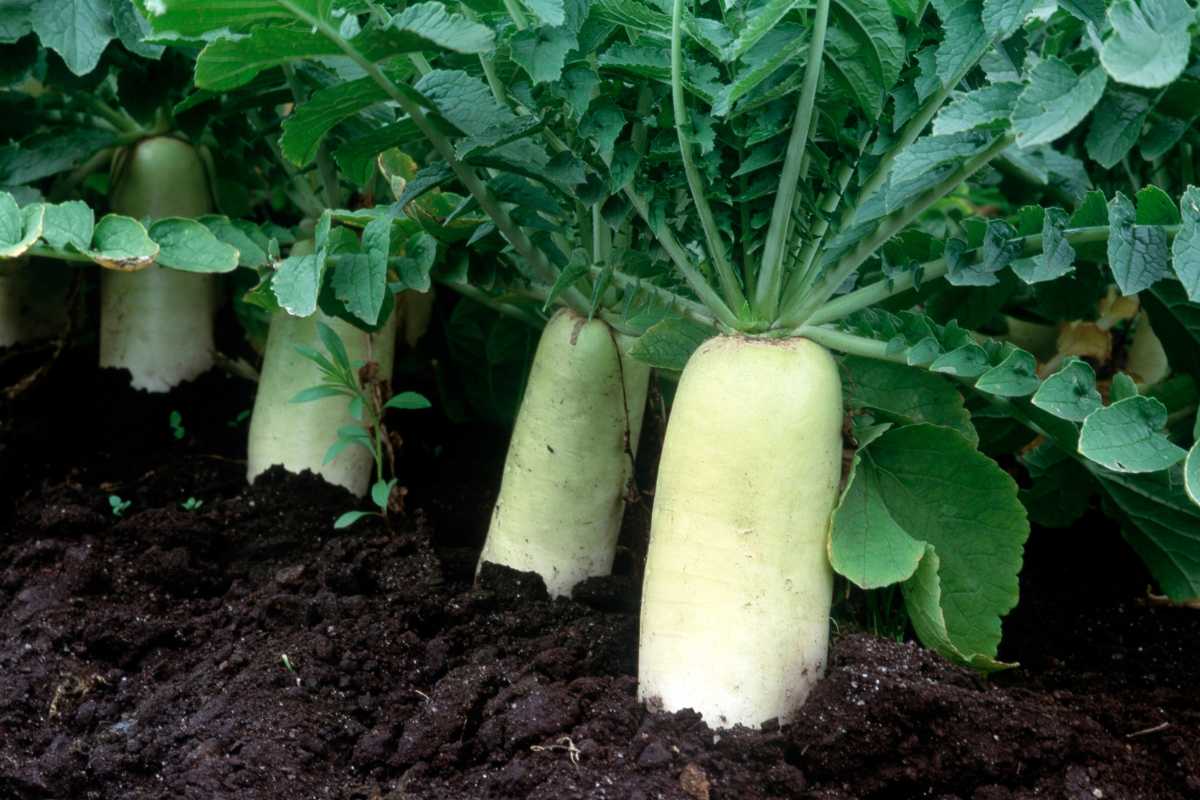
Radish is great to grow with kids and there are a number of radish varieties to choose from. They are quick to germinate and can be harvested in less than a month after planting, so kids will be able to see the quick growth.
Radishes can be sown starting in the early spring. By sowing a row of radishes every two weeks, you will keep up a constant supply to eat.
Radishes can be teamed up with any slow-growing plant, but do particularly well in the same space as eggplants, cucumbers, lettuce, and legumes.
They are also a great companion plant for carrots. By mixing the carrot and radish seeds together when planting, the radishes will sprout first and break up the top of the soil. That allows the carrots to thrive once the radishes have been picked.
4. Legumes – Green Beans and Peas
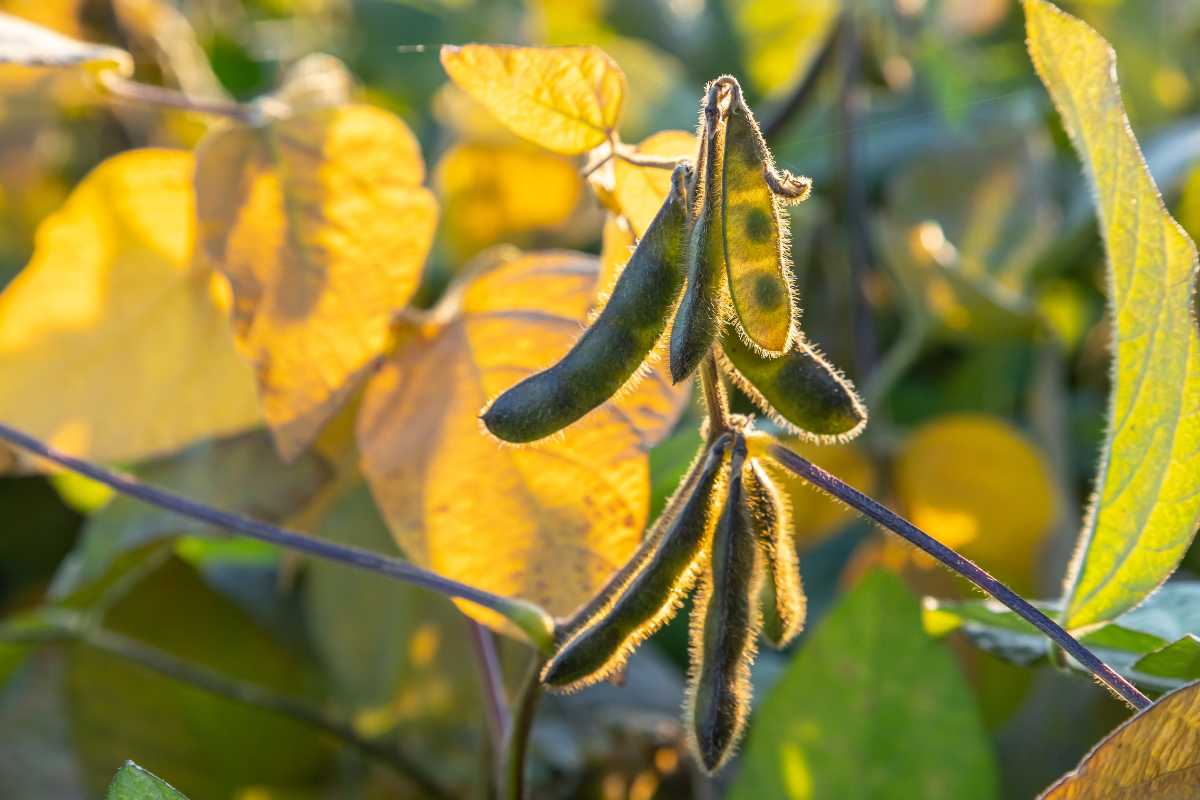
Legumes like Green beans and peas aresome of the easiest vegetables to grow. They are relatively inexpensive to buy, and they require very little maintenance.
Green beans and peas both take around four weeks to mature and can be planted from early spring onwards.
Green beans make great companion plants, as they fix the nitrogen in the earth and will grow even in poor soil. There are bush varieties available, but pole varieties are great when conserving space.
Beans like warm, moist soil with full sun (direct sunlight), with snap beans being more suited to colder climates.
Peas are also great for starting out. Their roots don’t run deep, so they are perfect for planting in pots. Start planting peas in early spring, then sow more seeds about two weeks later for a continuous supply.
Legumes do well with carrots and most brassicas.
5. Kale
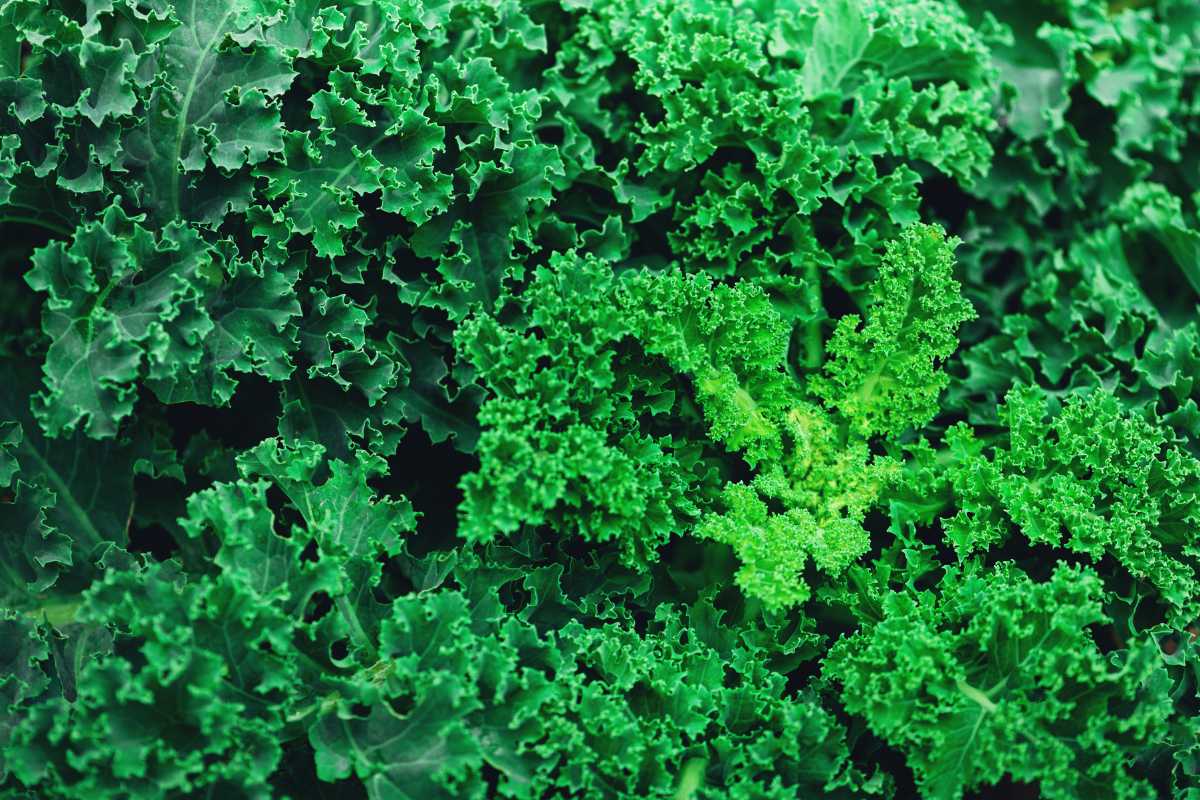
Some people like kale, some people loath it, but there is no denying it is as easy to grow as it is nutritious.
Suited to a wide range of temperatures, it can be planted out from early spring to early summer and planted again in the fall as kale gets sweeter after a couple of frosts.
6. Beets
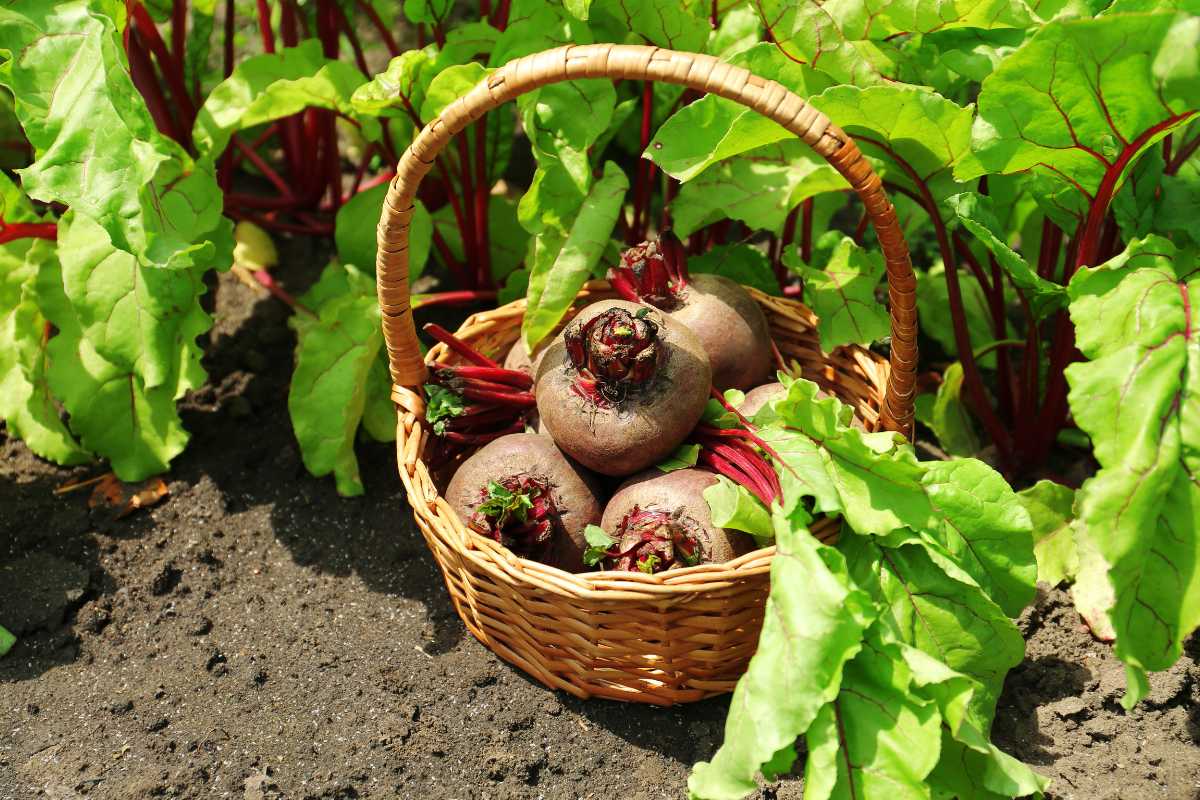
Have you ever tried fresh beets? Nothing “beets” it – excuse the pun!
Beets prefer being in full sun, although they will tolerate light shade.
They also like rich, well-drained soil, so dig in lots of well-rotted compost into the growing site. You can harvest them in around 7-8 weeks once the roots are the size of a tennis ball.
You can also harvest the leaves while waiting for the beet to grow. Use them in place of spinach or eat them fresh in a salad.
Beets are a suitable companion plant for most brassicas, beans, and leaf lettuces.
7. Swiss Chard
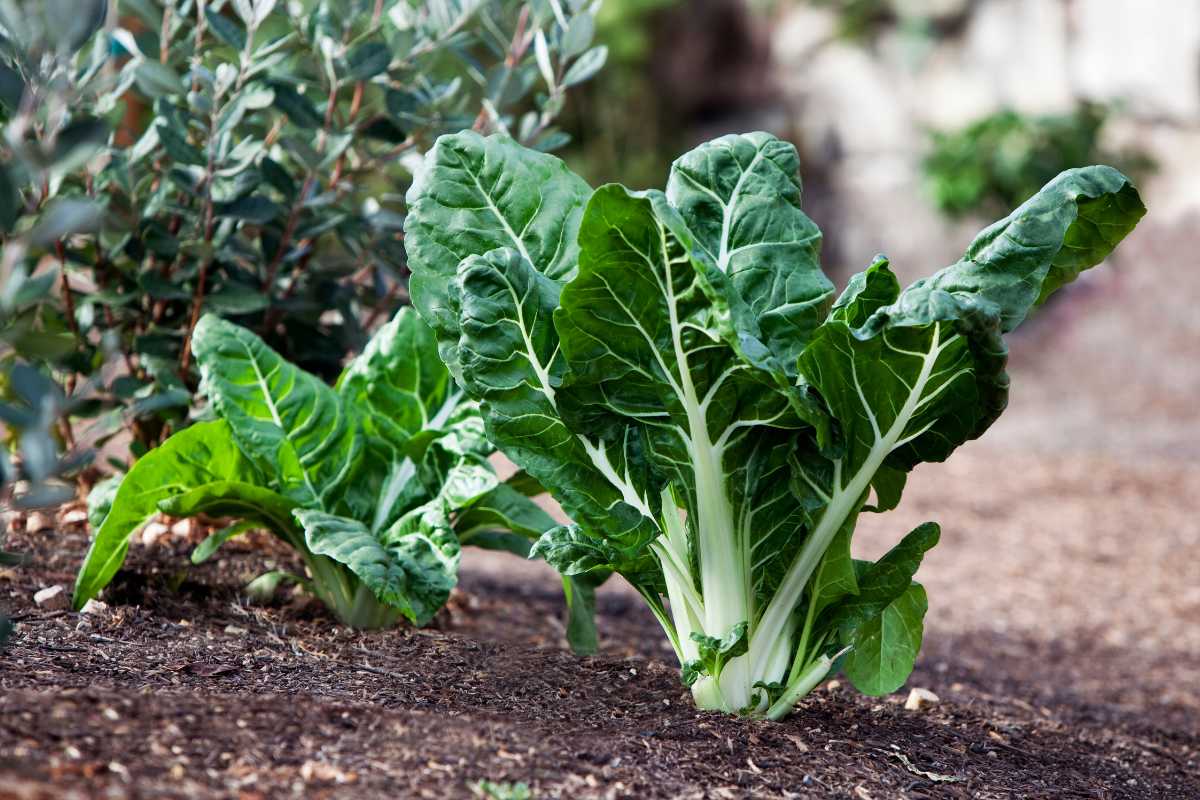
A member of the beet family, Swiss chard likes full sun, but can tolerate partial shade. Chard grows well in hot temperatures, but can survive frosts and may even taste better when grown in cold weather.
Swiss chard is rich in minerals, phytonutrients, and vitamins C, A, and K. It is also a source of fiber. Considered a superfood due to its nutritional content, it also lights up a vegetable patch with its beautiful colors.
Cut off the outer leaves to harvest as the plant grows. Chard can be grown with brassicas, lettuce, herbs, and legumes.
8. Zucchini
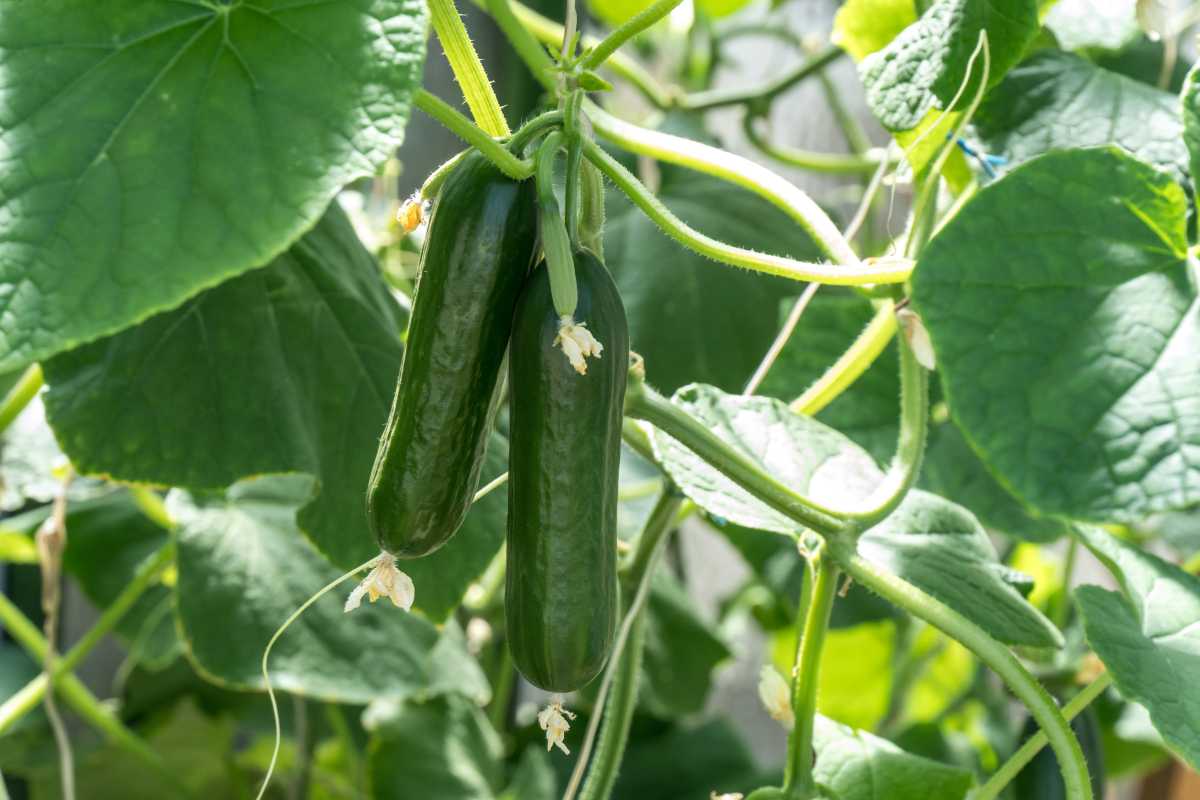
Zucchini, summer squash, needs plenty of space, warm soil, and sun. You should avoid getting water on the leaves and always water at soil level. Keep this in mind, and growing a bumper crop will be easy.
Zucchini can be planted with beans and garlic, as well as herbs like oregano and mint. Plant borage with zucchini to deter pest worms.
9. Tomatoes
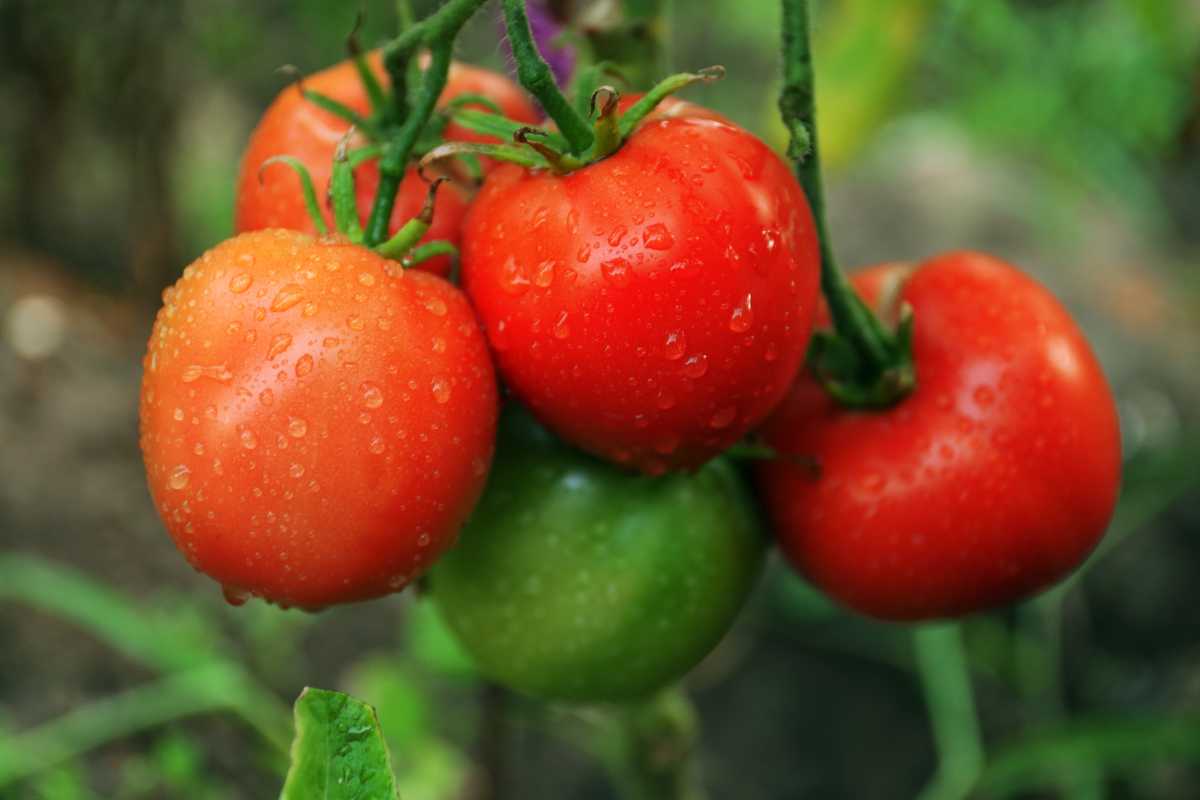
Tomatoes need full sun and warm climate conditions, so they are sometimes grown in greenhouses in cooler areas.
They are heavy feeders, but an effective fertilizer can be made with comfrey and nettles. There are many fertilizers for growing vegetables, but be sure to look for fertilizers with an NPK ratio of around 8-32-16.
When growing them, I like to use a tomato cage or other trellis for the tomato vines to climb on. Tomatoes are a great crop as they are delicious when eaten fresh straight off the vine and can be used in soups and sauces.
My favorite way to store them if I have a glut is to batch cook them as a sauce or soup and freeze portions of them to use as needed.
Tomato plants can be grown with both basil and garlic, which all go well together in a sauce, as well as the soil.
10. Carrots
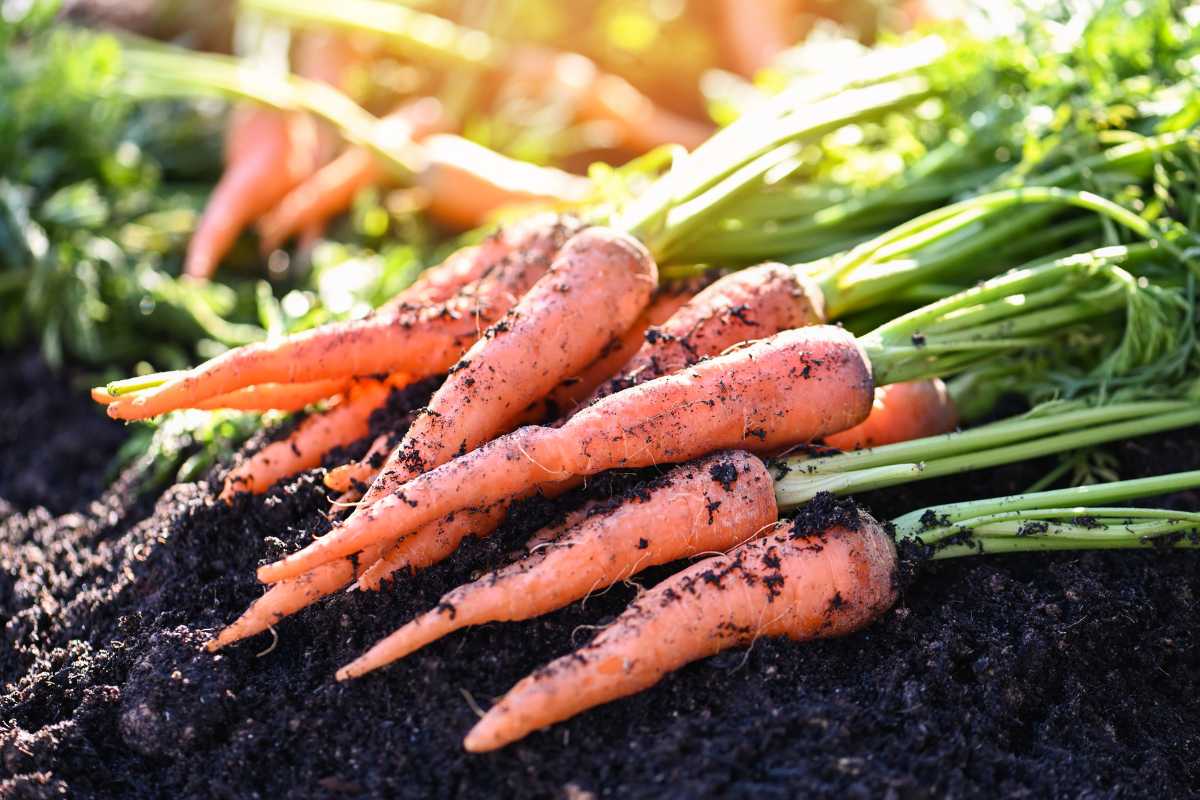
These come with a proviso. Carrots are only easy to grow in loose, sandy soil. If that is the type of soil you have in your garden, then these are the vegetable for you.
Plant in the cooler months, like early spring and early fall. Poor, rocky soil will stunt carrot growth, so mix sand into your soil and loosen it up before planting.
You should also thin carrot seedlings dramatically if you want a root to form properly. Thinning out your carrots will attract carrot flies to the scent of the crushed foliage, so avoid doing it in the afternoon and early evening when carrot flies are most active.
Best Soil for the Easiest Vegetables to Grow

Healthy soil is key to successful vegetable gardening. Poor soil won’t allow roots to penetrate deeply enough to get nutrients from the ground, and if the soil is too compacted, roots cannot spread out to take up oxygen.
You should dig in some organic matter, like compost, before planting and again after each crop harvest. When planting vegetable plants in containers, use a quality potting mix blended with compost for your pots.
- Learn more about the Best Compost for Vegetable Plants.
Add a granular organic vegetable fertilizer to your raised beds and container gardens when you plant them.
A vegetable garden can easily be built into an existing flowerbed. Bush beans, cherry tomatoes, garlic, and other veggies can be planted right next to your roses and other flowers. You’ll get more produce out of your garden if you plant them together.
- Learn more about What is the Best Soil for Vegetable Gardens
Cool Season Crops
Cool season crops are ones that are the easiest to grow, because they don’t require much heat. Many of them can grow and be harvested in 3-4 weeks after planting.
Cool season vegetables include:
- Carrots
- Celery
- Garlic
- Kale
- Lettuce
- Peas
- Parsley
- Radishes
- Spinach
Warm Season Crops
Warm season crops are those that do best in warm weather when planted in garden soil. They typically take longer to mature than cool season crops.
Warm season vegetables include:
- Beans
- Cucumbers
- Eggplant
- Peppers
- Squash
- Sweet Potato
- Tomatoes
- Zucchini
Easy Vegetables to Grow Final Thoughts
There’s no single recipe for the perfect garden of the easiest vegetables to grow. I’d suggest prioritizing what you enjoy eating and then seeing if you can grow those vegetables in the garden bed where you live.
It depends on what kind of climate you live in, how much time you have to devote to tending your garden, and what kinds of vegetables you enjoy eating.
Other gardening articles that might interest you:












